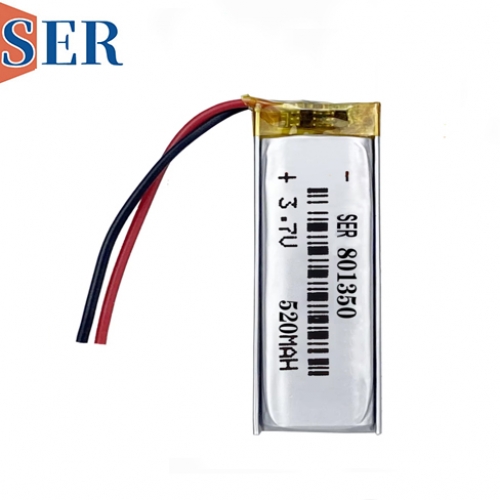The key to the success of new electronics project-PCB design
The key to the success of new electronics project-PCB design

Like all new technologies, it took engineers a while to embrace and promote printed circuit boards (PCB) . But for years, PCB wiring seemed to be a minor manufacturing problem, relegated to the status of a Unsung Heroes in electronic engineering, not something design engineers need to worry about; but as digital circuits become faster and faster, and RF circuits are added to the PCB, the board becomes a limiting factor in many designs, while computer-aided design (CAD) tools can help engineers design circuit boards, CAD's automatic wire-winding feature usually creates more problems. PCB stability also comes from the reliability of lithium batteries, commonly used LiSOCL2 batteries, lithium-manganese dioxide batteries and lithium-polymer batteries.
Don't neglect your PCB design and pay close attention to component specification sheet suggestions; application engineers from semiconductor manufacturers can help you a lot. But keep in mind that application engineers at semiconductor manufacturers are IC experts, not systems engineers, so they might tell you today to separate analog from digital ground, they link it to an Analog-to-digital converter ADC chip, but they don't tell you what to do if there are five ADC on the board.
To learn more about PCB design know-how, there are many training courses, technical seminars, professional senior engineers will teach you how to properly use parts layout and winding rules, make your design noise-free or noise-sensitive; you can also learn to make sure your design has good signal and power integrity.
If you don't want your product design to be fragmented or problematic, absolutely need to learn all about PCB design and manufacturing and Lithium Battery (LiSOCL2 batteries, lithium-manganese dioxide batteries and lithium-polymer batteries) applications, that are the foundation of your product design, like the foundation of a house, nobody wants it to wobble!





